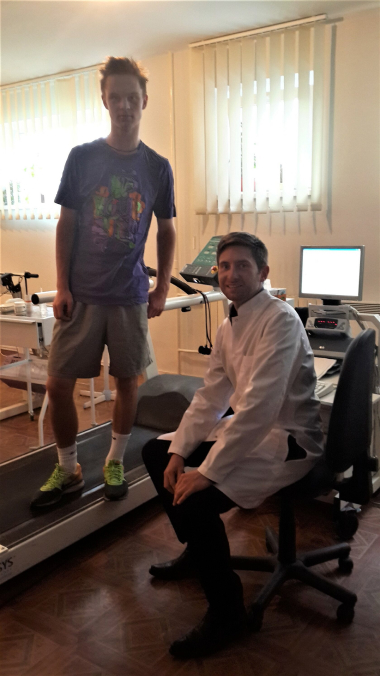Any person performing physical work spends energy, which is determined in KJ. Mechanical or physical work is defined in sports as power, which is measured in watts. Mechanical Power is determined on a treadmill using a step-up test, a glycolytic test, and a maximum alactic power test. Then the power of threshold reactions is determined. Then body weight is measured and fat, muscle, bone tissue and water are determined in general and by segments. We determine the absolute and relative power values.

The numbers and indicators for each sport are different. For this, model characteristics of a sport are created on the basis of previous laboratory researches. Then, adjusting the athlete to this model, we get the result we need at the output. A decrease or increase in body weight leads to the fact that the numbers that the coach controls are changing, the athlete falls out of the model characteristics, then he does not show the results necessary for the sport. The game with a set of muscle mass of the body has the effect of “accordion”. In the basic cycle we gain mass, in the competitive cycle we spend. Therefore, cyclic endurance sports have long moved to power training, not strength training. In this way, work was carried out with the Olympic fencing team.
From the above, practical recommendations follow:
- It makes no sense to reduce body weight to run faster;
- It makes no sense to bulk up to hit harder;
- It is possible and necessary to gain mass, while increasing both the speed of movement and the speed of blows;
- Any change in the absolute and relative values of body weight must be agreed and strictly regulated with the coaching council and the scientific group;
- Based on threshold reactions, the coach can create a training plan.